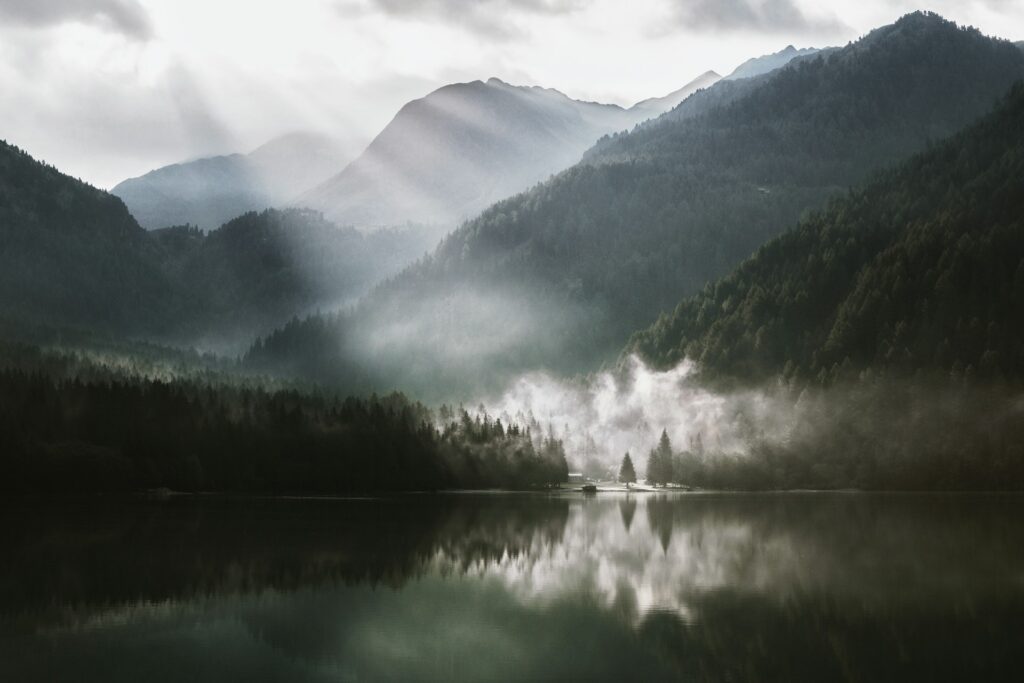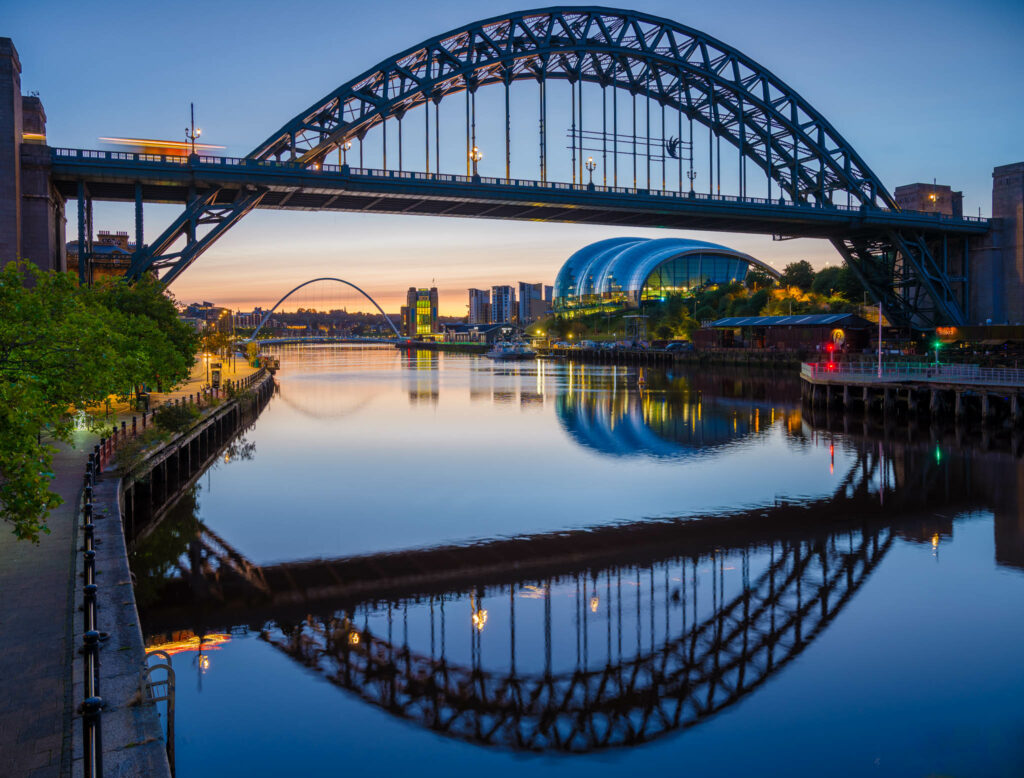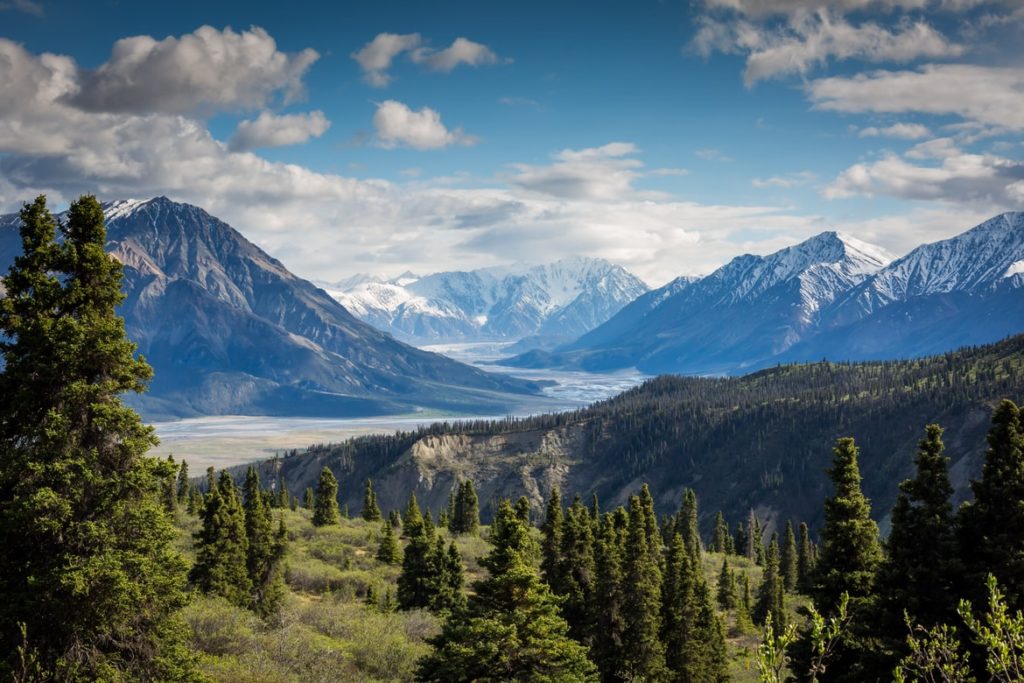Contrast, sometimes there’s too much, sometimes there’s too little. Contrast in a landscape can make or break the image. But getting the perfect contrast for a landscape shot can sometimes be difficult. Do we aim to have the natural contrast of the scene in front of us or do we opt to modify that contrast to achieve the look we want?
When shooting a landscape it's important to have in mind the end result that you wish to obtain. Only then can you adapt your shooting style to get that. You also need to determine whether the current contrast in the scene is high or low as the shooting techniques will be different for either.
Looking At Low Contrast
There are some times we might want to embrace low contrast in our landscapes. Examples include misty or foggy days. Other times though, such as harsh light and low overcast, we might want to boost the contrast to improve the punch of the image.
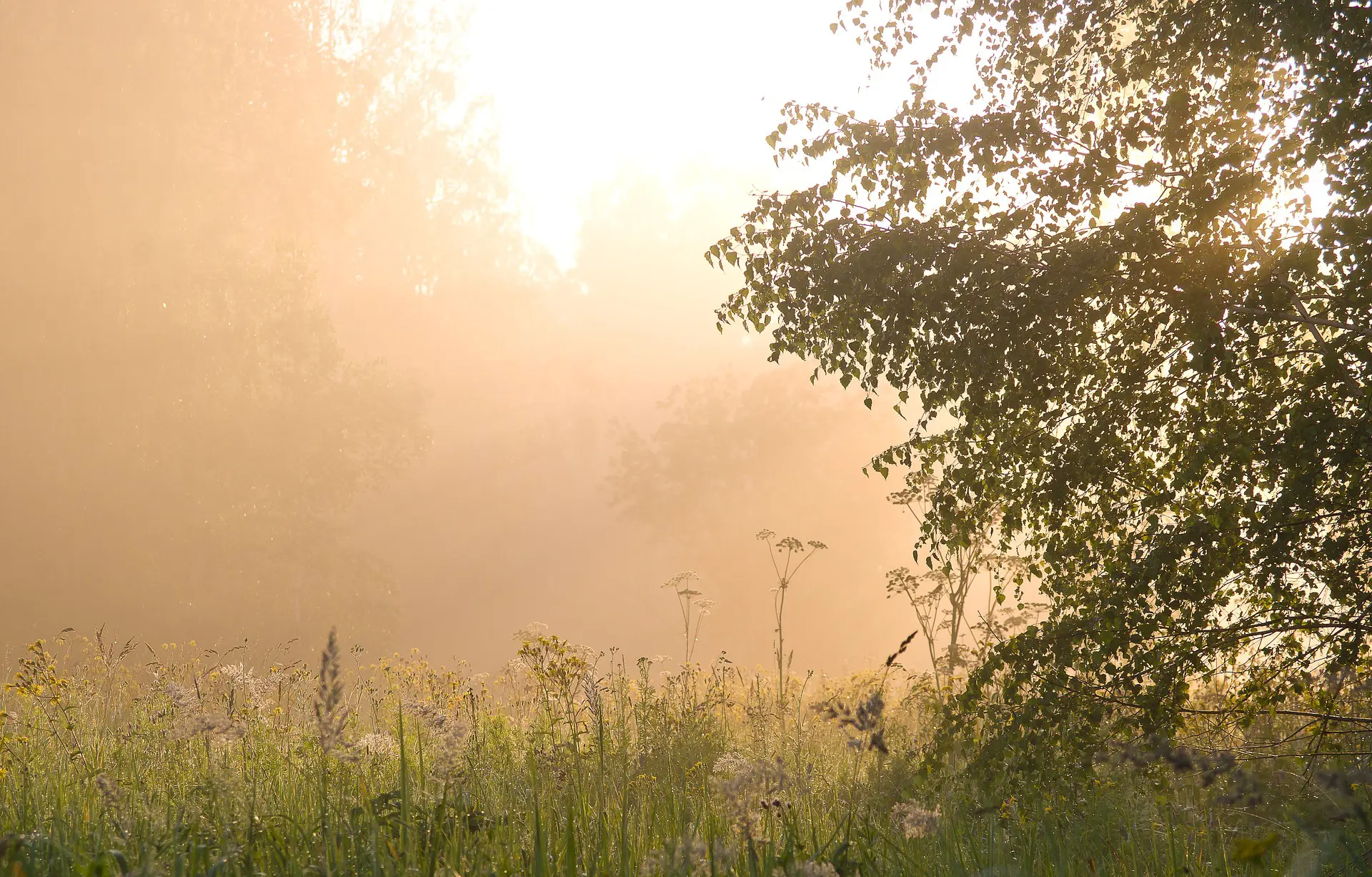
Let's start with harsh light. Commonly this is a problem when shooting in the sun during the middle of the day. The high sun reduces shadow length and desaturates the image. The obvious solution is to shoot away from the middle of the day. The hours just after sunrise and just before sunset are a good time to get more natural looking contrast.
Adding a polariser is another good option. One of the biggest reducers of contrast in a landscape is the reflection from foliage, a polariser can dramatically reduce that as well as giving the colour saturation a nice boost. Remember that a polariser is most effective when at a 90 degree angle to the sun.
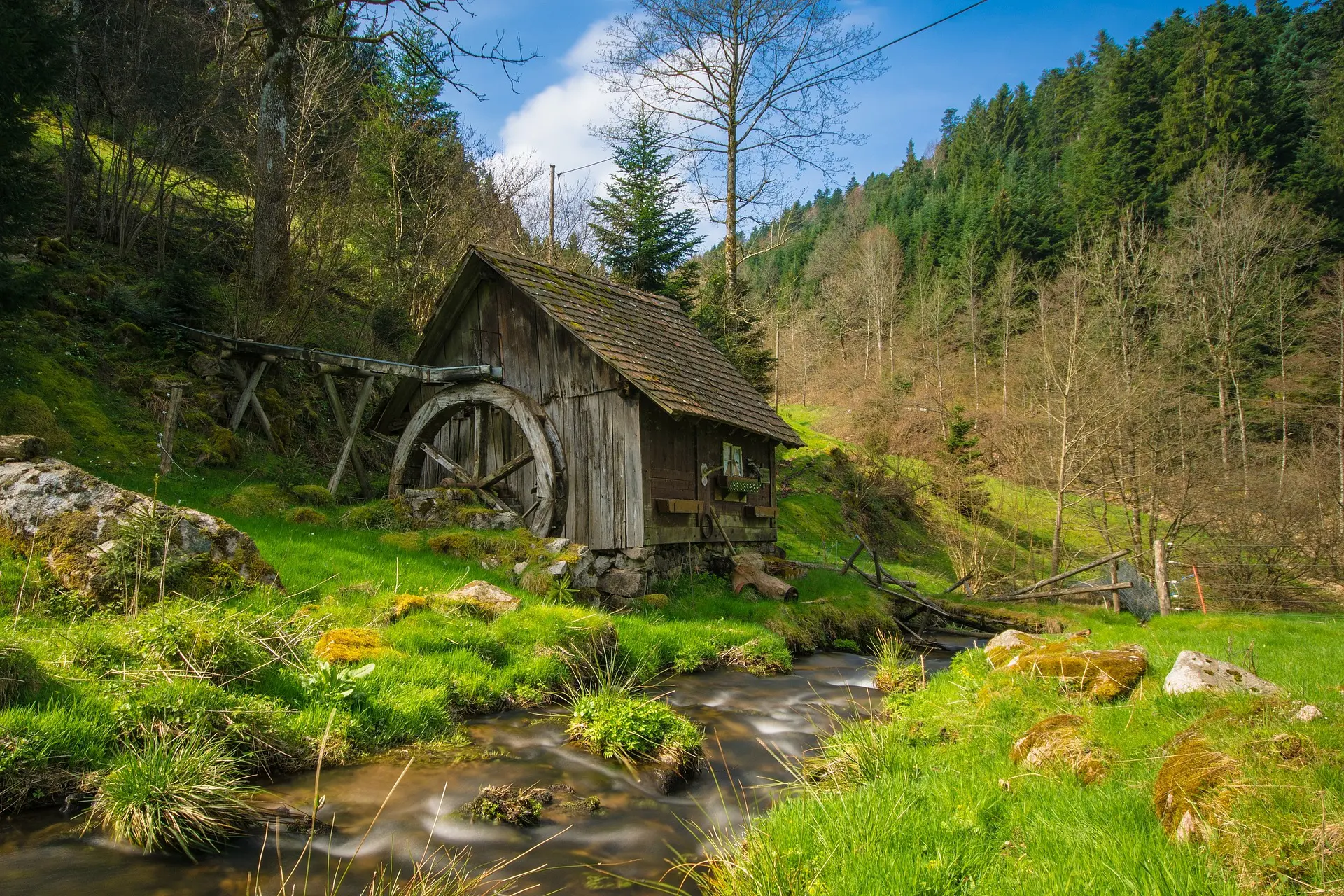
Low overcast days present a more difficult problem. The flat uniform light is quite difficult to overcome in-camera. You might try a graduated neutral density filter to add in some definition to the sky but the better options here are in post-production.
Two things you can do are to convert the image to black and white or use a tonal curve to boost the contrast at the black and white ends of the graph. You can also use a curve to boost the contrast of your black and white conversion. Curves give you much more control over the tonal range of an image than levels or basic contrast tools.
Kent Dufault's guide to selecting black and white images dives deeper into that.
When The Contrast Is Too High
High contrast is a little easier to control in-camera than low. Again midday sun can be a source of high contrast, where perhaps a building is casting a very dark shadow on our landscape or the difference in tone between the ground and sly is too much for our sensors to handle.
For the latter scenario graduated ND filters are a good option. They can hold back the exposure in the sky allowing you to meter for the foreground and get a natural looking shot.
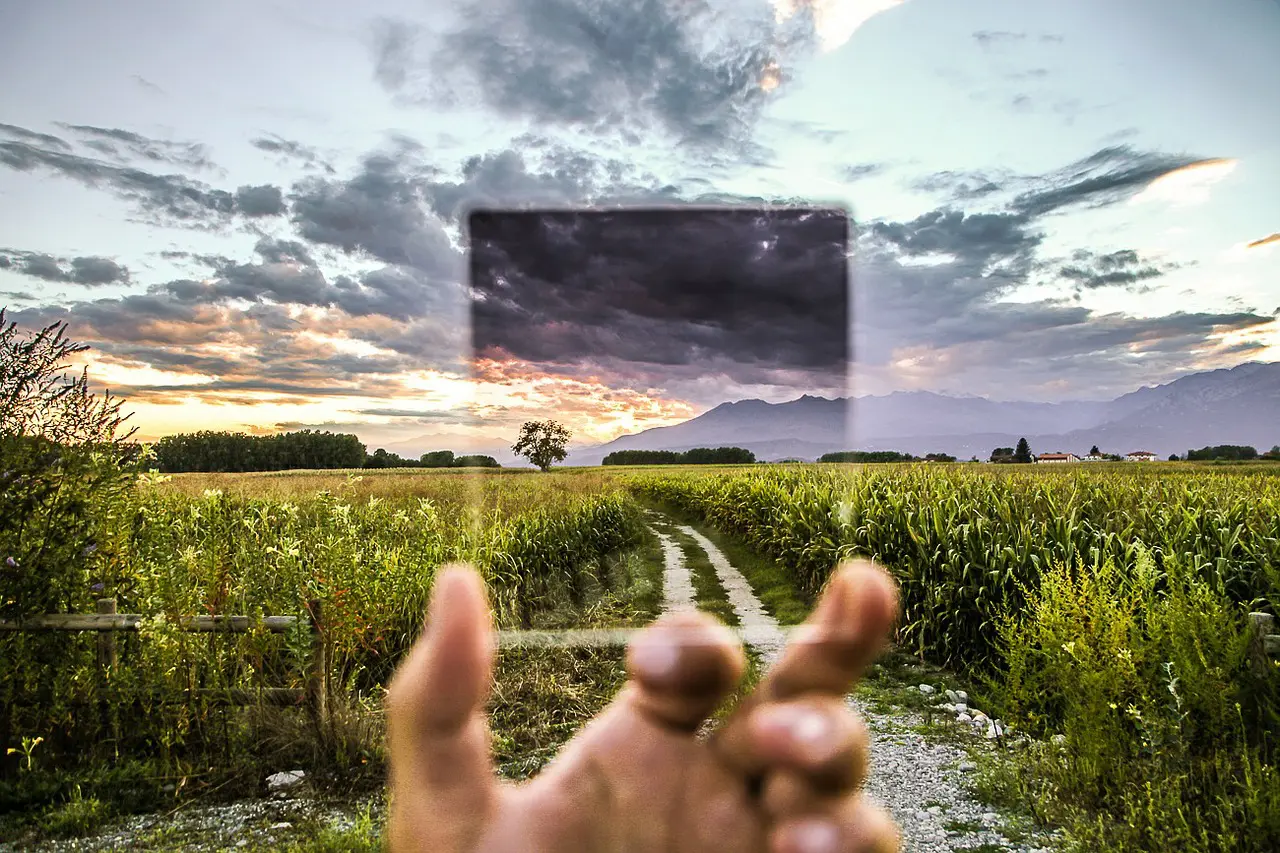
When shooting a scene that has dense shadows, we can employ HDR, high dynamic range to smooth the graduation between light and dark. To do this we shoot a bracketed series of exposures. Five to seven shots around the metered exposure in half or third of a stop differences works best. We then combine those images as an HDR using Lightroom, Photoshop or any other HDR capable post-production software. See this guide for more on those techniques.
One other way to maximise the dynamic range of your sensor and improve the chance of reducing a high contrast scene is to shoot to the right. This technique involves us deliberately over-exposing the image so that much of the histogram is bunched to the right. It is important to do this using RAW files and not to push the image off the right side of the graph. Going too far right will leave us with clipped highlights (pixels that are 100% white). These are unrecoverable in post-production software as no detail remains. This technique works because the darker areas of the image have more latitude in post-production than highlights. We can lift the blackest parts of the shadows and reduce our overall contrast.
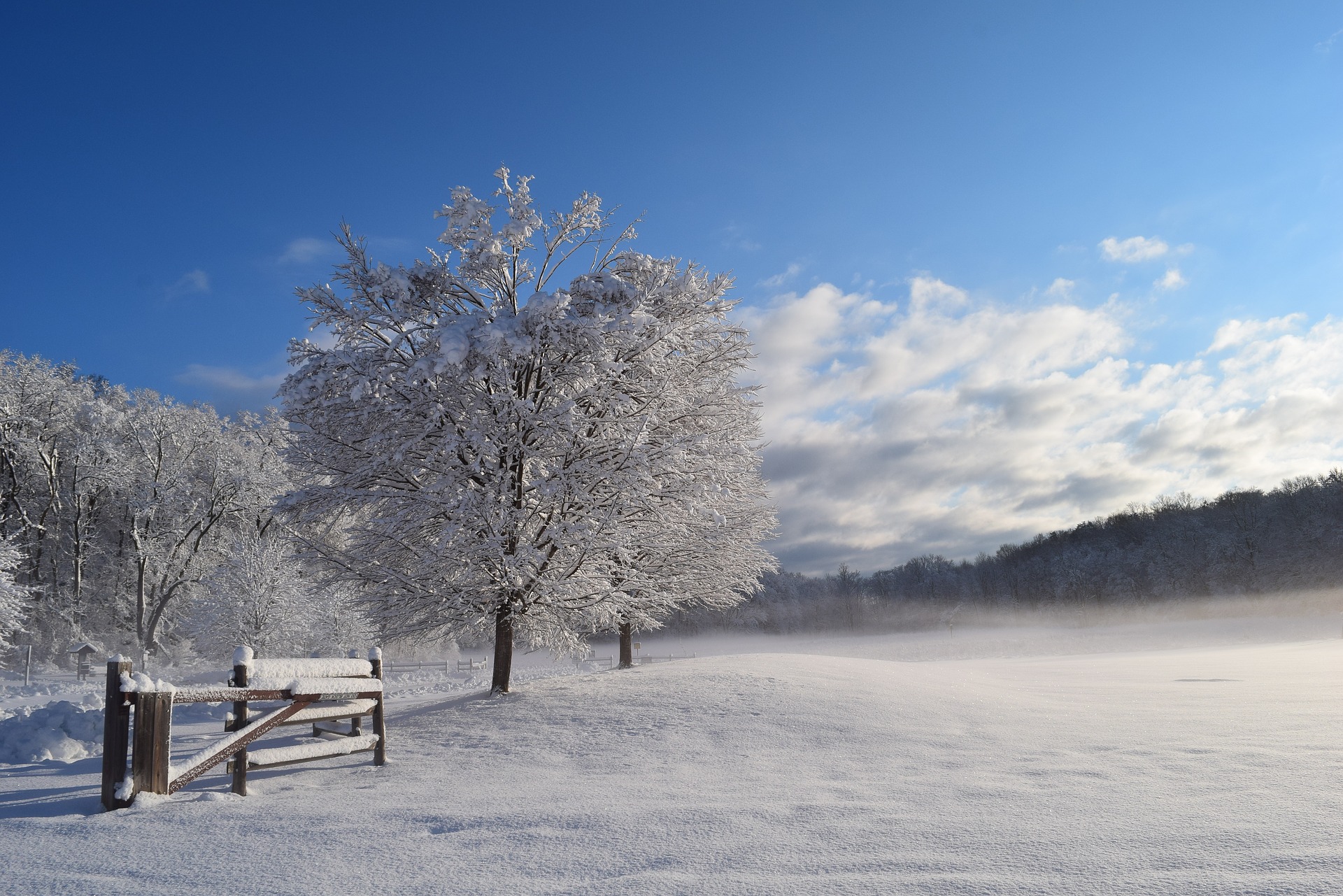
Contrast is a tricky thing to get right in a landscape shot. Making a conscious decision before shooting, on how you wish the contrast to look will make your life much easier in the post-production stage. Then using some of the tips provided above you can control the contrast to get a great looking landscape. To expand on this, you might like to look at our other landscape photography tutorials to get some useful ideas.


